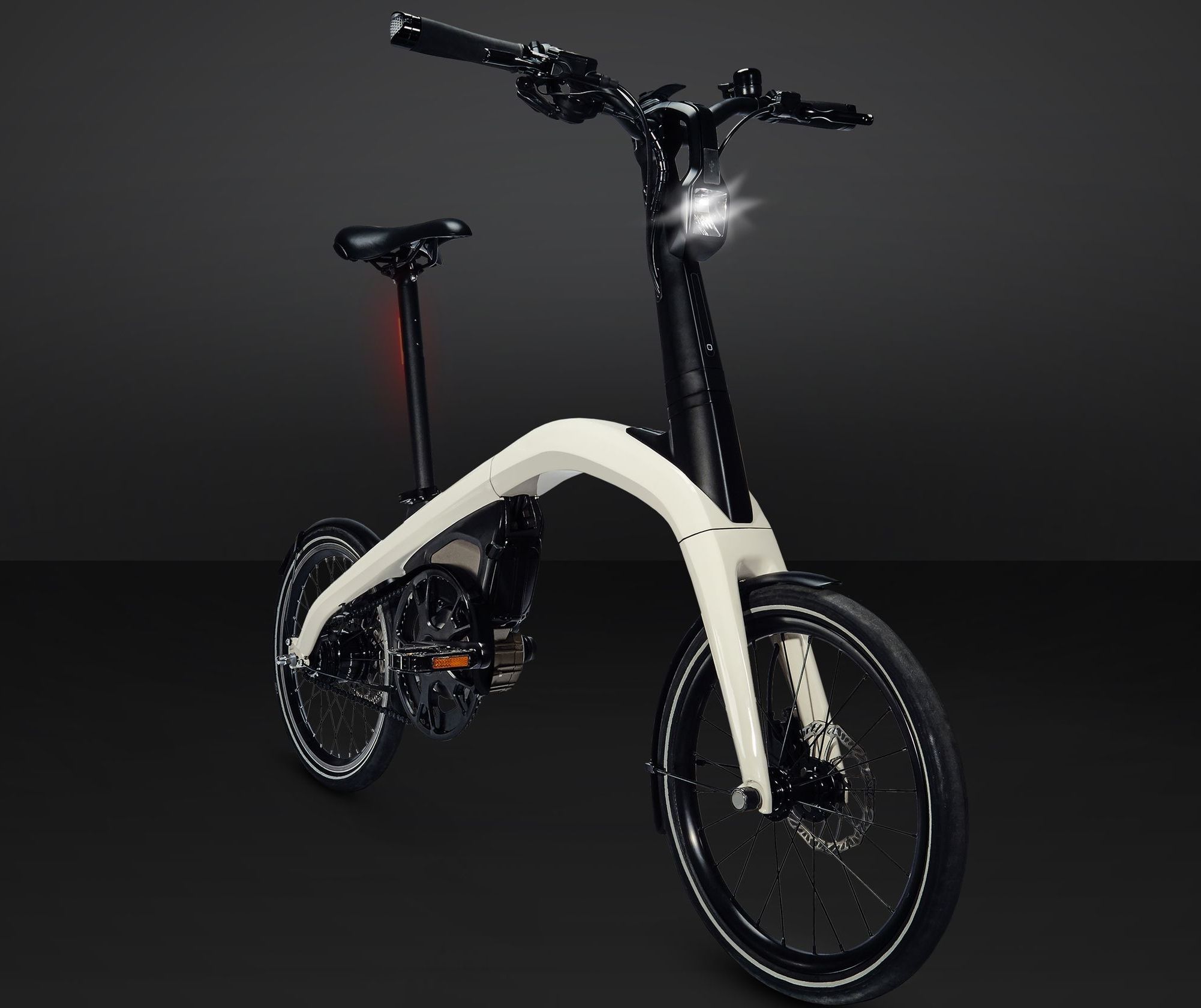Restored consoles from Apollo-era Mission Control have returned to Houston via NASA’s Super Guppy aircraft.
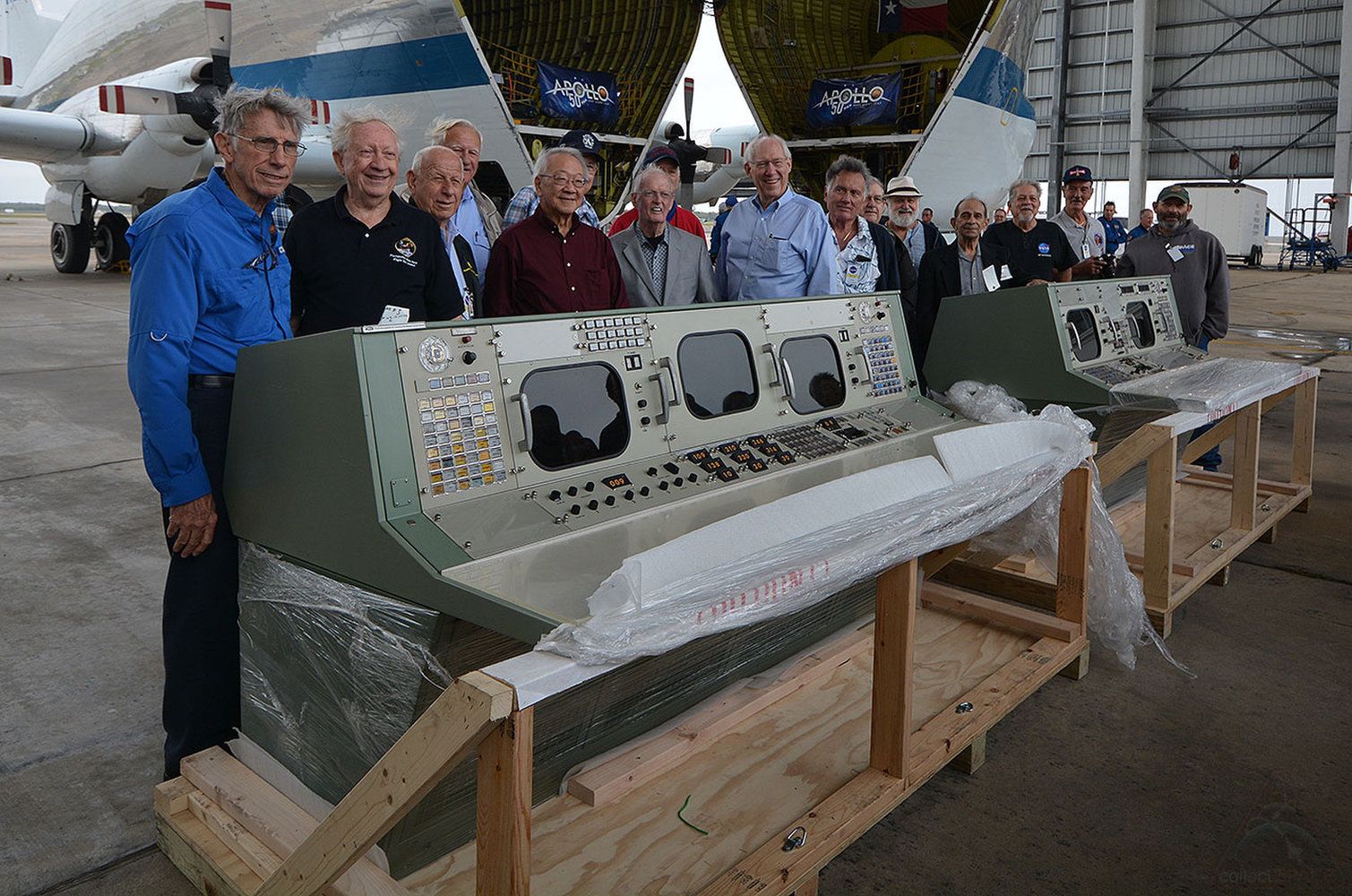

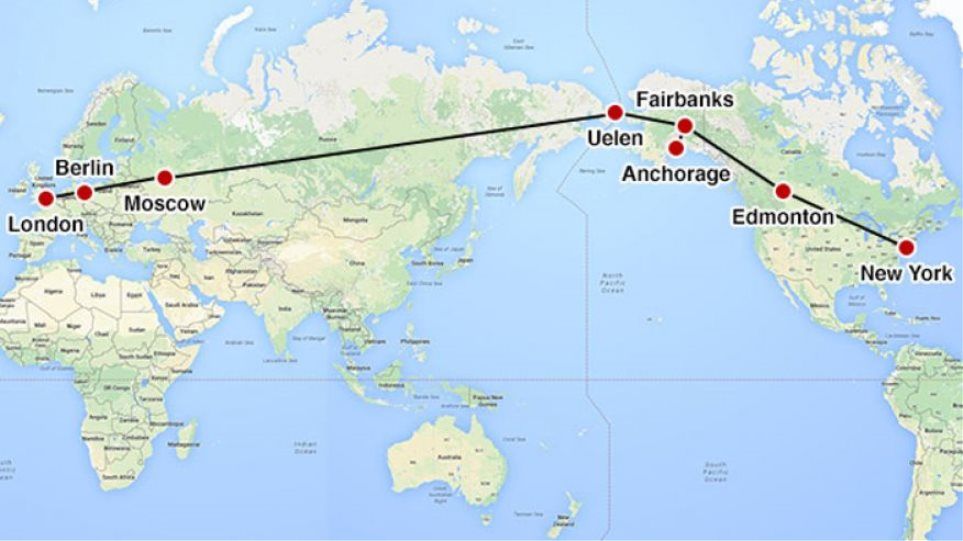

The kilogram is one of the most important and widely used units of measure in the world — unless you live in the US. For everyone else, having an accurate reading on what a kilogram is can be vitally important in fields like manufacturing, engineering, and transportation. Of course, a kilogram is 1,000 grams or 2.2 pounds if you want to get imperial. That doesn’t help you define a kilogram, though. The kilogram is currently controlled by a metal slug in a French vault, but its days of importance are numbered. Scientists are preparing to re define the kilogram using science.
It’s actually harder than you’d expect to know when a measurement matches the intended standard, even when it’s one of the well–define d Systéme International (SI) units. For example, the meter was originally define d in 1793 as one ten-millionth the distance from the equator to the north pole. That value was wrong, but the meter has since been re define d in more exact terms like krypton-86 wavelength emissions and most recently the speed of light in a vacuum. The second was previously define d as a tiny fraction of how long it takes the Earth to orbit the sun. Now, it’s pegged to the amount of time it takes a cesium-133 atom to oscillate 9,192,631,770 times. Again, this is immutable and extremely precise.
That brings us to the kilogram, which is a measurement of mass. Weight is different and changes based on gravity, but a kilogram is always a kilogram because it comes from measurements of density and volume. The definition of the kilogram is tied to the International Prototype of the Kilogram (IPK, see above), a small cylinder of platinum and iridium kept at the International Bureau of Weights and Measures in France. Scientists have created dozens of copies of the IPK so individual nations can standardize their measurements, but that’s a dangerous way to go about it. If anything happened to the IPK, we wouldn’t have a standard kilogram anymore.

Kai–Fu Lee who is a venture capitalist, technology executive, writer, and an artificial intelligence (AI) expert is speaking with Sebastian Thrun, founder of Udacity and Google’s self-driving cars program, about: ✅the realities of AI in business ✅which companies are leading AI development ✅how employees can adapt their skills for ever-changing technology.
Kai-Fu Lee is speaking with Sebastian Thrun, founder of Udacity and Google’s self-driving cars program, about:
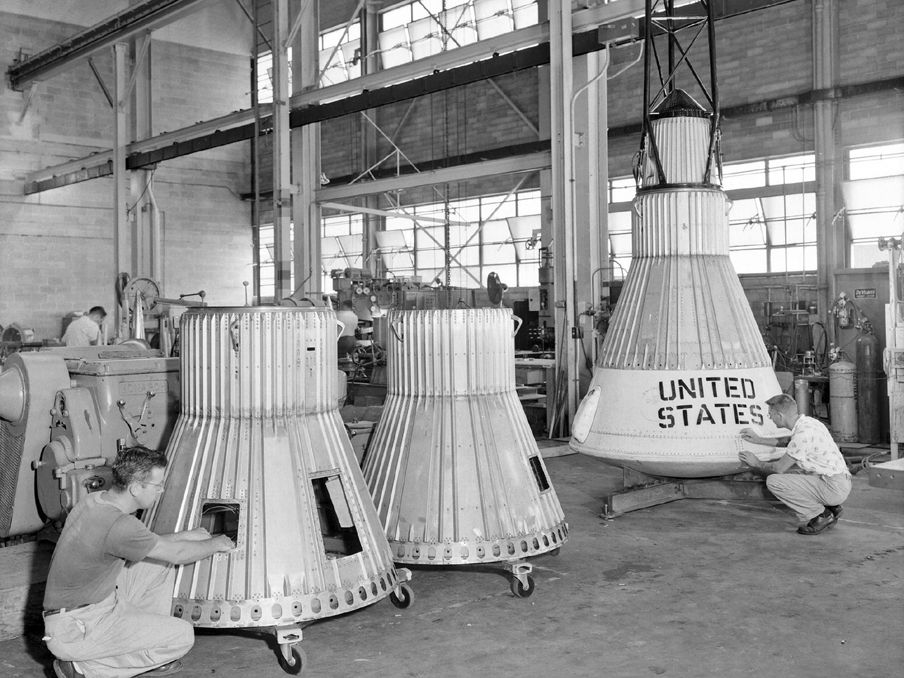
Four is the point Max Faget and Paul Pursur were trying to make in their quest to prove that harnessing that many modified Sergeant engines would make a $200,000 vehicle that would perform as well and with more flexibility, and would less cost than a $2.5 million Atlas or $1 million Redstone rocket.
Faget and Purser were two NASA space pioneers, whose aim was testing some of the Mercury components that would evolve into Apollo, including the escape and parachute systems and recovery methods, plus the performance of the space capsule under pressure at altitude.
Little Joe got off to an ignominious start when it blew its top one day at Wallops Island.


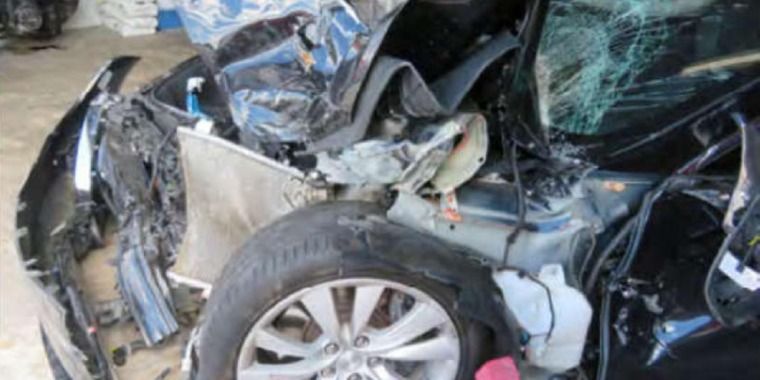
To be fair to Tesla, this problem isn’t unique to the company. Most emergency braking systems on the market today won’t stop for stationary objects at freeway speeds. These systems are not sophisticated enough to distinguish a stationary object on the road from one that’s next to or above the road. So to make the problem easier to handle, the cars may just ignore stationary objects, assuming that the driver will steer around them.
Florida man says Tesla oversold Autopilot’s capabilities.
